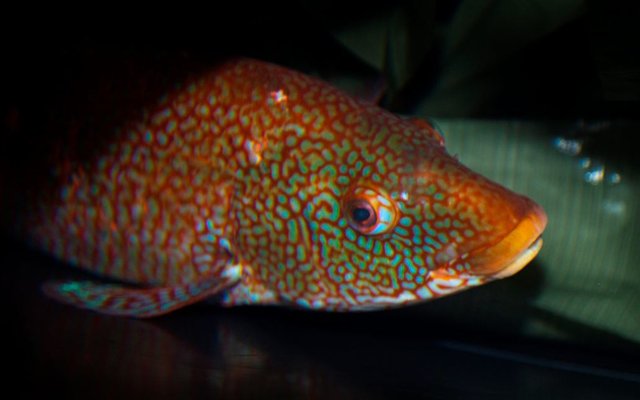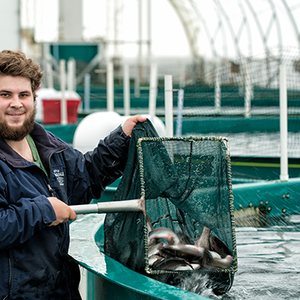The use of cleaner fish, such as the ballan wrasse (Labrus bergylta), is important for combatting the sea lice problem in salmonid cage farming. Ballan wrasse is the only wrasse species that is cultivated, though only about 50% of the approximately 3 million ballan wrasse used in 2020 was produced by aquaculture. The major obstacle to large-scale cultivation of ballan wrasse is the difficult first feeding phase and a lack of functional feeding protocols.
Like most pelagic marine fish larvae, ballan wrasse does not accept inert diets as first feed, and feeding regimes based on rotifers and Artemia usually lead to mixed results and are far from optimal nutrition for the larvae.
Norwegian researchers assessed the feasibility of replacing rotifers with a cirriped diet or copepod nauplii (Acartia tonsa) and replacing Artemia with nauplii of the cirriped Semibalanus balanoides. Later, all treatments received the same formulated diets.
Results showed significant differences in survival rates and growth. Larvae fed on copepods as the first diet had significantly higher survival rates than larvae start-fed on either rotifers or small experimental cirripeds, and this pattern was also reflected in early growth and bone development. Gut histology at the end of the experiment (48 days after hatching) showed a more developed intestinal tissue in the larval group fed copepods first and cirripeds as the second diet compared to the other larval groups.
Researchers suggest that a feeding regime for ballan wrasse should replace rotifers as the first live feed type with copepods, as the copepod-started groups showed the highest growth and survival rates. The second diet could be cirripeds or Artemia. Cirripeds showed comparable growth to Artemia, but the gut and liver histology suggests better digestive capacity and energy storage. Further, the gene expression patterns suggest that cirripeds as the second diet resemble copepods, so no major reworking of genes expressed seemed necessary.
Check out the study here.













